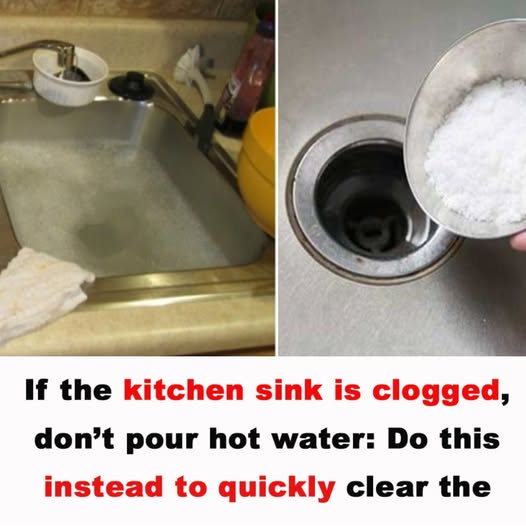ADVERTISEMENT
Step 5: Disinfect the Sink
Once your sink is clean, it’s important to disinfect it to kill bacteria and germs. You can use a disinfectant spray or make your own with white vinegar.
- Vinegar Spray: Fill a spray bottle with equal parts water and white vinegar, and spray it over the entire sink basin. Let it sit for about 5-10 minutes to disinfect the surface.
- Lemon for Freshness: If you want to add a fresh scent, you can rub a cut lemon over the sink’s surface. The acidity of the lemon helps disinfect, and the scent is refreshing.
- Rinse and Dry: After the disinfecting solution has had time to sit, rinse the sink thoroughly with warm water, and wipe it dry with a microfiber cloth.
Step 6: Polish the Sink
To restore the shine and give your sink a polished look, follow these final steps:
- Polish with Olive Oil (for Stainless Steel Sinks): To bring back the shine to stainless steel sinks, you can use a small amount of olive oil. Apply a few drops to a soft cloth and gently buff the sink’s surface. This will help remove any remaining streaks and give your sink a brilliant finish.
- Polish Porcelain or Composite Sinks: For porcelain or composite sinks, a light buffing with a dry microfiber cloth is usually enough to bring back the shine and remove water spots.
Step 7: Clean the Drain
The kitchen sink drain can often accumulate debris, food particles, and even an unpleasant odor. To clean and freshen it up:
- Baking Soda and Vinegar: Pour half a cup of baking soda into the drain, followed by half a cup of white vinegar. Let the mixture fizz for a few minutes before rinsing with hot water. This will help clear any clogs and neutralize odors.
- Use a Drain Brush (Optional): If you have a drain brush, you can use it to scrub inside the drain to remove any buildup or gunk that may be trapped inside.
Step 8: Regular Maintenance
To keep your sink looking clean longer, perform regular maintenance by:
- Wiping Down the Sink: After each use, give your sink a quick rinse and wipe with a soft cloth to remove any food particles and water spots.
- Deep Cleaning Weekly: Set aside time each week for a thorough cleaning to keep your sink free of buildup and bacteria.
Conclusion
A clean kitchen sink is more than just an aesthetic choice; it’s essential for maintaining a hygienic and welcoming kitchen. By following these simple steps and cleaning your sink regularly, you can keep your kitchen looking fresh and ensure your sink remains free from bacteria and grime. Whether you have a stainless steel, porcelain, or composite sink, these tips will help maintain its shine and cleanliness for years to come!
ADVERTISEMENT
